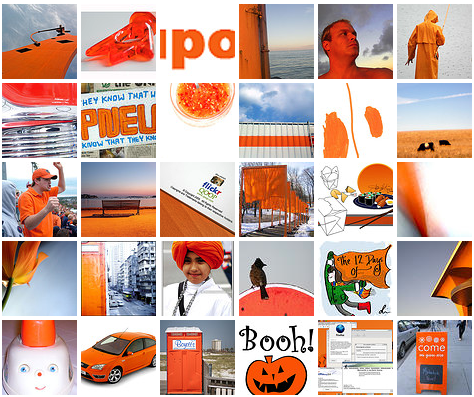I’ve been thinking recently about how yesteryear’s promises of technologies to come have missed the mark. In the classic science fiction novels I devoured as a child in the late 1970s and early 1980s, humanity a generation or two thence (that is — us, now, today, in the early 21st century) would have some practical means of interstellar travel available to it, be living on space stations around Earth and in colonies on the nearby planets, have encountered and made peace with (or subdued) alien races around every turn.
The actual reality of 2013 is quite different. We have one space station in orbit, with a steady but small population of three. Colonies on other bodies are still a generation or two away (I admit to being skeptical of NASA’s timeline for lunar and Martian outposts). Commercial ballistic flights, to get a taste of near-Earth orbit, are a year or two away. Interstellar travel remains, tantalizingly, several miracles removed from today’s understanding of the universe and the laws that govern it. And alien species, friendly or otherwise, are still out there, waiting (I like to think).
Yet… As I think about the stories that grabbed hold of my childhood imagination and haven’t really let go, it is largely the main thrust of the stories that we’ve failed to achieve. The small things are all here. Instant communication with just about any other person on earth who could communicate with you? Check. Immediate and unfettered access to a global encyclopedia of much of the world’s knowledge? Check. Interact verbally with your computer and get a plausible, often useful, response in return? Check. Sit comfortably on one’s couch typing a short essay that is instantaneously saved to some quasi-permanent storage system, in what we now quaintly call “the cloud”? Create a “photocopy” of a physical object, not just a tax form? Check and check.
Pervasive knowledge by the powerful about the goings on of everyone else? Alarmingly, and increasingly so, check. (The future is not all that it was cracked up to be, as noted sci-fi author David Brin let us know in his non-fiction work, The Transparent Society.)
We are living in the margins of the science-fiction universe I dreamed of. Not the grand, gee-whiz Buck Rogers world posited in the 1930s-1950s that I read of in the 1970s. But we live and breathe the minor plot devices and deus ex machina resolutions to tricky problems faced by the hero. It turns out that the small stuff of the stories, the little throwaway details — those describe the reality we live in. We seem to have made tangible the backdrop to the fantasy, leaving the big picture to be invented. Where I was caught up in the overarching plot, I should have been paying attention to the background. The science fiction writers of the past got the big things wrong, but I’m pleasantly surprised at how much of the small stuff has already come to pass.

